Unit 2: At Sea: A History of Whaling
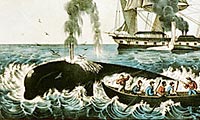
Lesson 1: What I Know/Want to Know About Whaling
This lesson provides an opportunity to activate students' prior knowledge and begin to generate questions that will focus research. Students become involved in an active dialogue about history and whaling and are introduced to the distinction between primary and secondary sources.
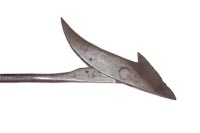
Lesson 2: Supply and Demand: Whales and the Technology of Whaling
In this lesson students will learn about whales and the technology of whaling. They will research sperm, right and bowhead whales and learn why these types of whales were in demand and what resources they provided. Students also will have an opportunity to learn about three different inventions that arose from the need to devise new ways of chasing and capturing whales when those closest to New England were killed off.
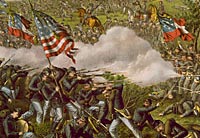
Lesson 3: Whaling Timeline
In this lesson students will construct a timeline that shows important turning points in the history of whaling as well as key events in US history that might have had an impact on whaling.
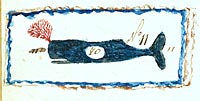
Lesson 4: Sign on for a Voyage: What Do You Need and Are You Fairly Compensated?
Were whaling voyages filled with adventure and profit? The answer depended on the success of the hunt and the skills of particular crew members. This lesson asks students to sign on with the ship Virginia and research the jobs, leisure activities, and remuneration of a typical crew.
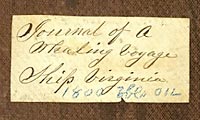
Lesson 5: Map A Voyage Using Latitude and Longitude
Ships' logbooks, kept by either the Captain or one of his mates, provide a rich resource for historians who hope to recreate the history of whaling. In this lesson, students explore sample logbook pages from the ship Virginia and discuss why these records were created. They then use logbook data to map the ship's route and determine the most profitable whaling areas in the mid 1800s.
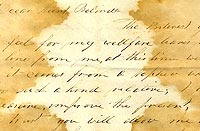
Lesson 6: Writing An Informative Letter
This culminating lesson asks students to pull together information from throughout the unit to imagine themselves at sea on a typical whaling bark in the mid 1800s. After looking at several surviving letters from captains to their families, students write a plausible, informative letter to a loved one at home on Martha's Vineyard.